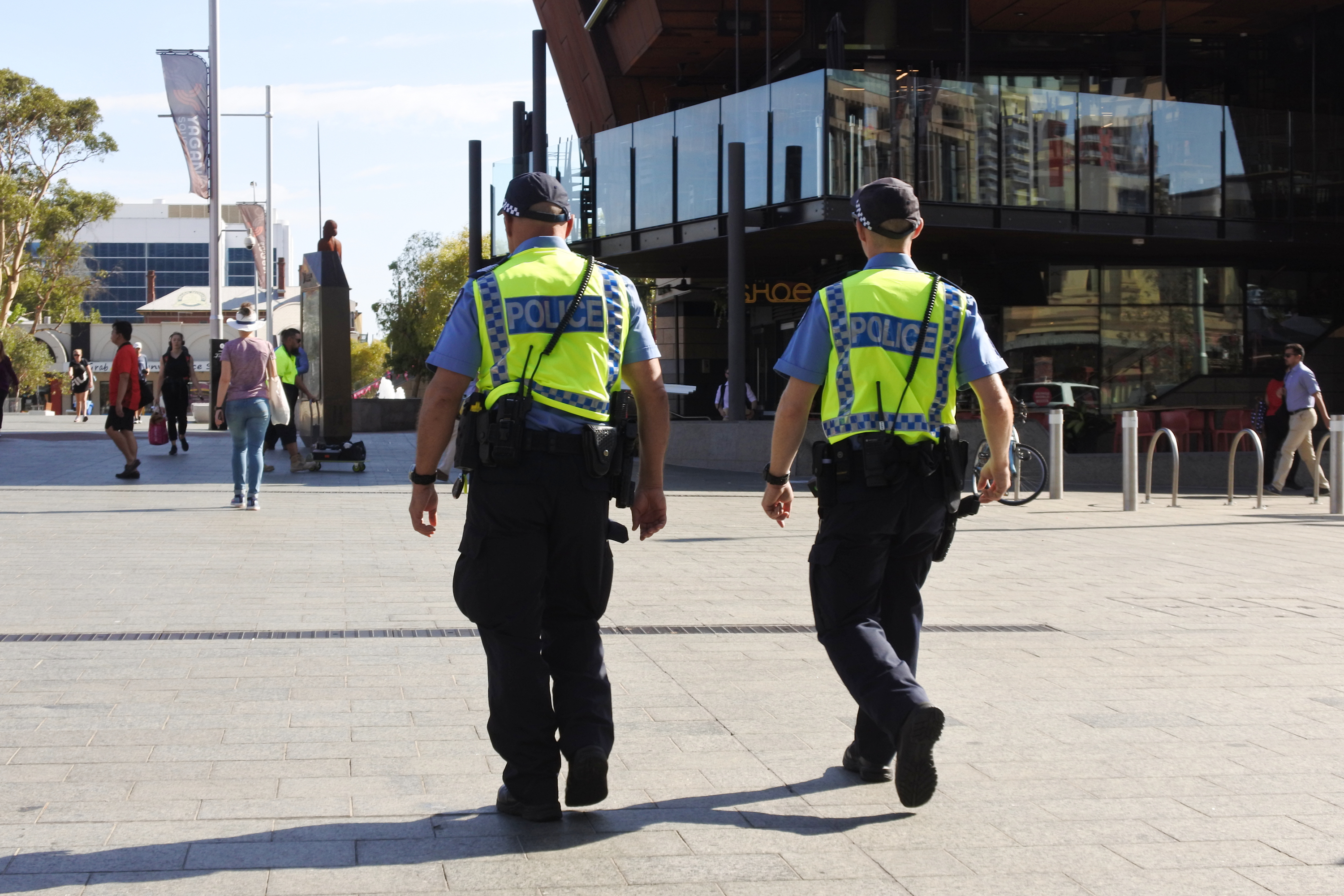Media release
From:
Muscle over mass could be the key to recruit success
New research from Edith Cowan University (ECU) has shown age might just be a number when it comes to police recruit physical performance. This research demonstrated that factors such as body composition play a greater role in physical performance, than how many birthdays you have had.
Research by Master’s student, Ms Vanessa Sutton, has examined how body composition and musculoskeletal characteristics were associated with training outcomes of new police recruits.
Police forces have a minimum health standard for entry, including physical and psychological standards that potential recruits need to meet prior to consideration for entry into the police force.
In Western Australia, the physical entry test protocols require applicants to demonstrate minimal levels of physical readiness to meet the demands of the 28-week academy training program. Tests include the beep-test, to evaluate cardiorespiratory fitness and a battery of agility, strength, power, and muscular strength tests.
However, despite having met physical and medical entry requirements, police recruits can experience injuries that leave them unable to train or having to drop out of the recruit program. Ms Sutton noted that the prevalence of time-loss injuries is known to be as high as one in five recruits during the recruit training program.
“We performed this research to better understand the impact that body composition and other musculoskeletal characteristics like bone density had on performance,” she said.
“We know that body mass index is an unreliable indicator of physical performance. Instead, it is better to understand individual measures of body composition, such as muscle mass, body fat percentage, and bone structure. This research showed that the recruits with more muscle mass, performed better in the physical training.”
Ms Sutton said that the research could potentially create an opportunity for more personalised approaches in police recruit training, approaches that consider body composition as a key factor in reducing injuries and improving readiness.
“By identifying ways to help recruits ease into physical training before they officially start, we can better support them in building foundational strength and endurance. Rather than a one-size-fits-all approach, the focus can shift to preparing individuals based on their unique physical profiles, which can lead to better outcomes from day one,” she said.
“Ultimately, entering the police force should be achievable at any age and body type and the life experience that each potential recruit brings to the police force is invaluable.”
WA Police Force Academy Principal, Superintendent Rulan Carr, said the organisation is proud to collaborate with ECU to advance evidence-based approaches in recruit training.
“This research partnership with ECU exemplifies our unwavering commitment to training excellence. By integrating evidence-based insights into our recruit development programs, we are not only reducing injury risk but also enhancing operational readiness and supporting every recruit in reaching their full potential.”
- ends -




 Australia; NSW; VIC; QLD; SA; WA
Australia; NSW; VIC; QLD; SA; WA


